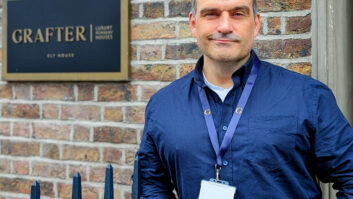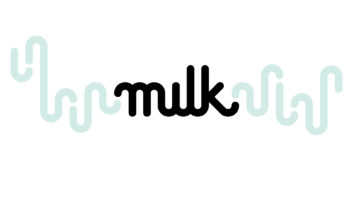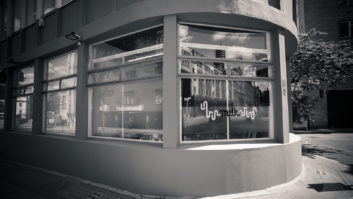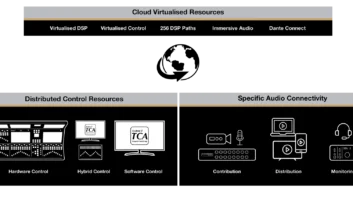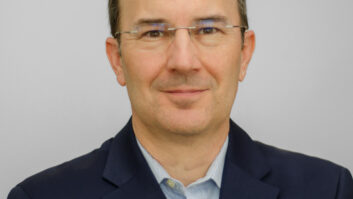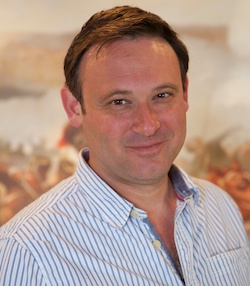
London’s new TV visual effects house Milk has a technology strategy based on the cloud, which CEO Will Cohen says will overcome traditional limitations in post production. Milk is the latest addition to a growing ‘UK VFX Plc’ of specialist facilities, and will be working on 3D and 4K productions as well as HD.
“We’re on the cusp of big changes in the VFX industry,” Cohen (pictured) told TVBEurope. “It’s all about the strategy of uploading and downloading from the cloud. As a boutique with 100 seats, if I need 1,000 machines for an hour to deliver a simulation or a heavy render I can just pay 1,000 machines from the cloud and do it immediately. That’s harder to do with less agile facility models based on hardware.”
The operational side of visual effects will increasingly be based on Google-style tech rather than on-premises boxes, he said.
“For central storage or workstations you can be looking at solutions where you can add on or scale down and pay as you go. It can even apply to the telephone system you use. You simply scale up when you are busy.”
Milk is one of a growing number of UK TV visual effects specialists including Blue Bolt (Sherlock, Game of Thrones), Nvisible (Hugo) and Double Negative (whose new TV division is handling shots for Ridley Scott’s upcoming TV project, The Vatican).
Milk’s six founders, including Cohen, Nick Drew (MD), Jean-Claude Deguara and Nico Hernandez (VFX supervisors and joint heads of 3D), previously comprised the senior management and creative team of the Mill’s Film and TV division.
“We [Mill TV] started doing Dr Who in 2004 when TV was not using digital effects to any extent and we monopolised the market in the UK,” said Cohen. “Since then Double Negative has done a tremendous job in building the UK’s capacity for end-to-end feature film post production.”
Cohen added: “Hopefully the TV tax break will further stimulate the market. One of the things that make us unique is the emphasis on 3D. We also have strong creature, environments and effects pipeline. I don’t believe we necessarily compete with each other. I believe we are all part of ‘UK TV VFX Plc’.”
The UK tax breaks for high-end TV projects are “one of the corner stones” of Milk’s business plan. Cohen says demand is already obvious judging from the amount of enquiries coming through the door, and that three or four major US series “wouldn’t have considered shooting in the UK or placing their VFX work here” prior to the new incentive.
Milk has landed a significant chunk of the work on VFX-heavy mini-series Jonathan Strange and Mr Norrell (7×60) produced by Cuba Pictures for the BBC in association with Feel Film, Bell Media’s Space, Far Moor and Screen Yorkshire. It also has elements of series three of Sherlock as well as 70+ shots for Dr Who’s 50th anniversary episode.
Jonathan Strange is being prepped as an Alexa shoot recording 1920×1080 ProRes. Milk is also discussing a 4K stereo project destined for IMAX release.
Already shot, the much-anticipated BBC 3D version of Dr Who is being edited at the BBC, and post produced at 1920×1080 [both eyes]. The Mill’s Mick Vincent is likely to grade.
The Mill closed its TV and Film effects division in April in order to concentrate on expanding its commercials business in the US. Milk was set up in less than three months, based in Mill TV’s former Fitzrovia offices and with capacity for 100 seats and is owned by the co-founders and three angel investors. The facility’s pipeline includes rendering engine Arnold, tracking software Shotgun and its playback system RV, compositing system Nuke and Maya 3D.
“The only other time I’ve had such a blur in terms of workload was when doing series one of Dr Who,” said Cohen. “The catalyst was the closure of Mill Film and TV but if you work in the VFX business, there is always a bit in the back of your mind about one day having your own place.”
Adrian Pennington
